Matthew Chang Anguk (메튜장 안국)
1.7Km 2025-07-14
33 Yulgok-ro, Jongno-gu, Seoul
Matthew Chang Anguk flagship store uses the whole space to bring the brand's philosophy to life through fragrance. Located in Anguk, the heart of Korea's tradition and aesthetics, the store's tranquil atmosphere sets the mood for visitors to try on and experiment with the brand's carefully selected perfume collection. The staff provides assistance in recommending the perfect scent according to visitor's preference, mood, and nostalgia. The store also has a section dedicated to body care products, such as hand wash and body lotion.
Goldria - Jongno 3(sam)-ga Branch [Tax Refund Shop] (골드리아 종로3가)
1.7Km 2024-04-19
1F, 50, Donhwamun-ro, Jongno-gu, Seoul
-
Seoul Museum of Craft Art (SeMoCA) (서울공예박물관)
1.7Km 2025-06-19
4 Yulgok-ro 3-gil, Jongno-gu, Seoul
The Seoul Museum of Craft Art (SeMoCA), the first public museum of craft art in Korea, opened its doors in Anguk-dong, Jongno-gu, in July 2021 after renovating five buildings of the former Pungmoon Girls’ High School. SeMoCA studies and shares not only works, but also information, records, people, and environment related to craft art with the goal of becoming a dynamic platform for experiencing the technical, practical, artistic, and cultural values of craft.
SeMoCA holds a collection that comprises various crafts and craft materials covering multiple fields and eras from the traditional to the present. SeMoCA also holds exhibitions that feature the history of craft from traditional to contemporary art as well as local and children’s crafts, along with programs that utilize the museum’s craft installations, craft archives, craft library, and craft resource management system.
The site of the museum has deep historical roots as it is also the Andong Secondary Palace Site, where a detached palace was constructed as a royal residence for King Sejong’s son Prince Yeongeung, and served as a venue for royal celebrations, such as the wedding of King Sunjong. The site is also at the center of Jongno-gu, where Joseon-era master artisans (“gyeonggongjang”) of the royal palace produced and delivered craft works.
Dolgorae Hoetjip (돌고래횟집)
1.7Km 2021-03-26
101, Yulgok-ro 8-gil, Jongno-gu, Seoul
+82-2-765-3612
A great place for group dining and gatherings. This Korean dishes restaurant is located in Jongno-gu, Seoul. The most famous menu is sliced raw fish.
Oncheonjip Ikseon (온천집 익선)
1.7Km 2023-08-07
31-8 , Donhwamun-ro 11na-gil, Jongno-gu, Seoul
A restaurant with a pond and garden in the courtyard for the feel of old hanok style architecture, visitors can enjoy a meal with a view of the pond anywhere in the restaurant. The white gravel floor looks like a snow covered ground, and the brazier that burns wood daily gives off the mood of real hot springs motel.
Gwanghwamun Gate (광화문)
1.7Km 2024-12-04
161 Sajik-ro, Jongno-gu, Seoul
+82-2-3700-3900
Built in 1395 under the reign of King Taejo, the first king of the Joseon dynasty, Gwanghwamun Gate is the southern gate of Gyeongbokgung Palace. It is also the main gate of the palace, therefore larger and fancier in comparison to the other gates. Gwanghwamun Gate consists of three arched gates; the center gate was used by the king, while the other two were used by the crown prince and royal officials. The tall granite walls of the gate serve as a platform for the wooden gate tower that watches over the city. The gate has a sign with its name written at the top center of the gate tower.
Gwanghwamun Gate went through several damages and restorations over the course of history. It was first severely damaged during the Imjin War (1592-1598) and was not restored until the reconstruction of Gyeongbokgung Palace in 1864. Under the Japanese administration, the gate was demolished and relocated to the north of the palace's eastern gate, followed by series of damages during the Korean War (1950-1953). In 1968, Gwanghwamun Gate was relocated back to the south of the palace and was rebuilt using concrete; however, the gate’s position was shifted a few meters away from its original location. In 2006, a major reconstruction project took place to restore Gwanghwamun Gate to its original state and location, disassembling the structure completely and replacing concrete with granite and wood. After three years and eight months of construction, Gwanghwamun Gate was fully restored to its original form and was open to the public on August 15, 2010.
JDI ((주)제이디아이인터내셔널)
1.7Km 2025-07-07
(#502, 5th Floor, Samsan Building), 20 Donhwamun-ro 10-gil, Jongno-gu, Seoul
JDI International is a company engaged in international patient attraction business.
We welcome patients from the United States, Europe, China, Russia, and Southeast Asia.
We provide foreign patients with reliable medical care in Korea and provide information on medical products that combine personalized care and tourism.
We specialize in providing customized medical services to foreign patients through partnership with various hospitals in Korea.
CheongKwanJang - Gwanghwamun Branch [Tax Refund Shop] (정관장 광화문)
1.7Km 2024-04-22
20, Sajik-ro 8-gil, Jongno-gu, Seoul
-
Ojugine (오죽이네)
1.7Km 2024-12-10
Ojugine is a restaurant that specializes in dak maeuntang, a spicy chicken stew that is different from dak bokkeumtang (spicy braised chicken), as the former has more soup than the latter. The stew is served whilst boiling, so one just needs to let it sit for a bit on the table before digging in. The spicy sauce and chicken are a match made in heaven, and the same goes for this dish. Interestingly, Ojugine uses smaller chickens to prepare their dishes, so the flesh braises in the stock faster. The resulting combination is sure to offer a memorable meal. Any remaining soup can be reused as a sauce for fried rice after the main meal, so visitors are advised to leave some space in their stomach.
Teafference Seoul (티퍼런스서울)
1.7Km 2024-02-01
61 Donhwamun-ro, Jongno-gu, Seoul
Teafference Seoul is where visitors can taste purple tea made from purple tea leaves that grow naturally on the 1,800-meter plateau in Kenya. As a café and a cultural complex, it comprises a gallery tea café on the first floor where one can enjoy purple tea and art exhibitions, a beauty shop on the second floor, and a rooftop on the third floor. Exhibitions of paintings and photographs are always held using the walls and staircase landings of the spacious interior, making it a great place to relax while enjoying a cup of tea. In addition, this place has an appealing vibe, making it especially popular on social media. Not only is purple tea pretty in color, but it also has less caffeine than green tea or black tea, thus serves as a suitable option for the health-conscious. A variety of menu items are available, including Teafference Signature Purple Tea, Teafference Purple Milk Tea, and Teafference Purple Tea Einspanner. Another recommended menu item is Purple Tea-Makase, a course menu which serves several types of purple tea and desserts.
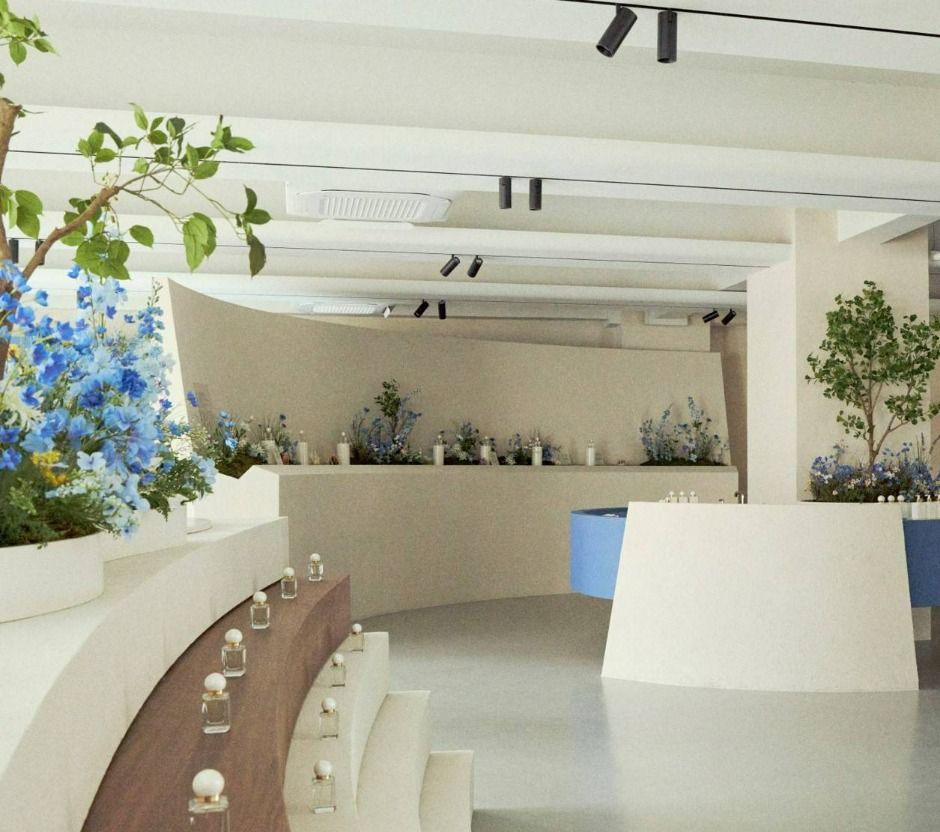

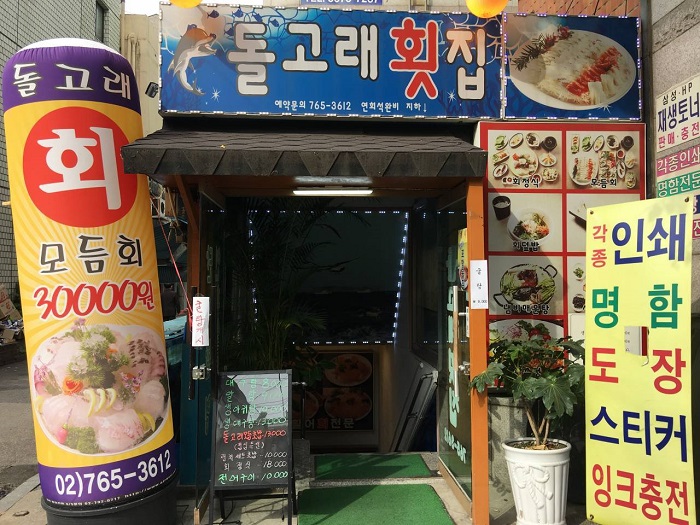
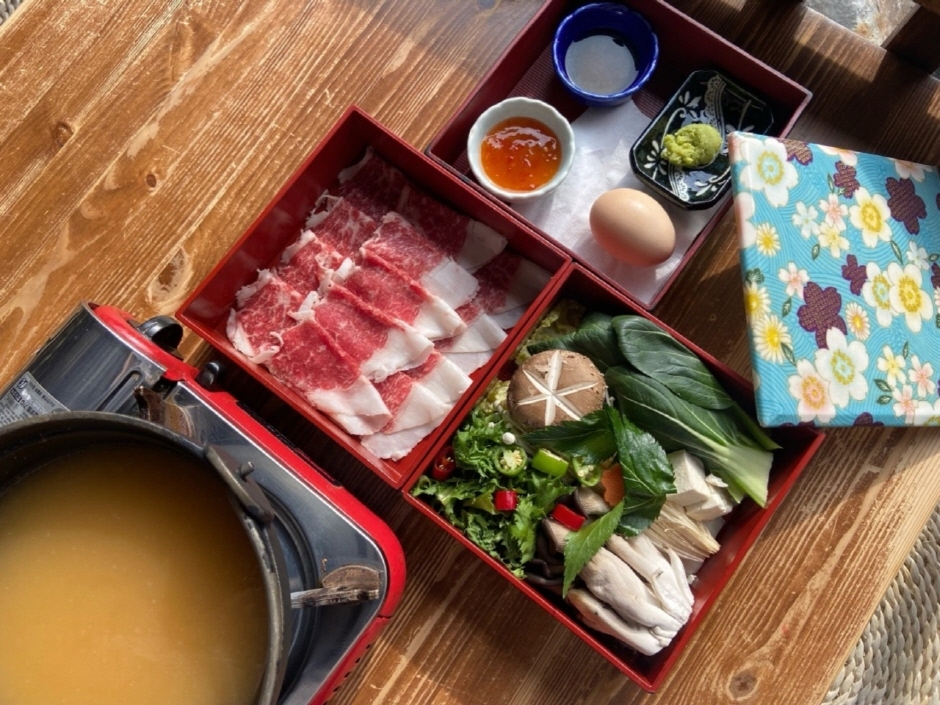
![CheongKwanJang - Gwanghwamun Branch [Tax Refund Shop] (정관장 광화문)](http://tong.visitkorea.or.kr/cms/resource/93/2889693_image2_1.jpg)
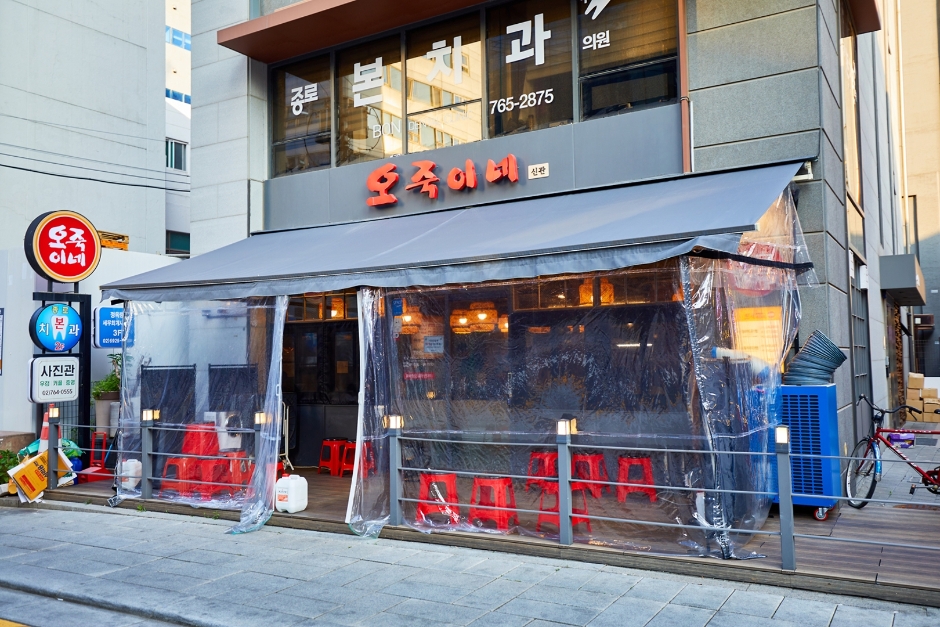
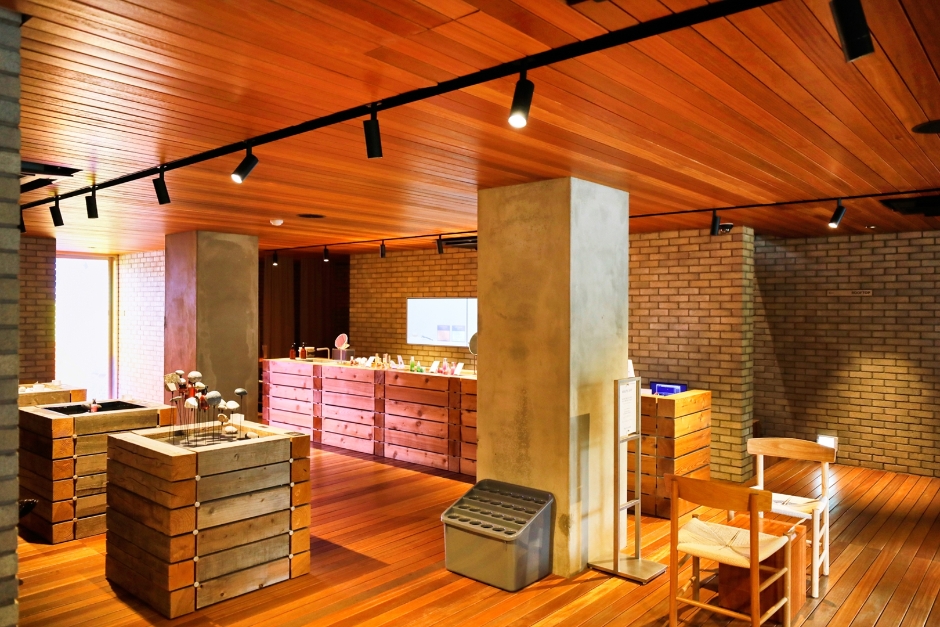
 English
English
 한국어
한국어 日本語
日本語 中文(简体)
中文(简体) Deutsch
Deutsch Français
Français Español
Español Русский
Русский